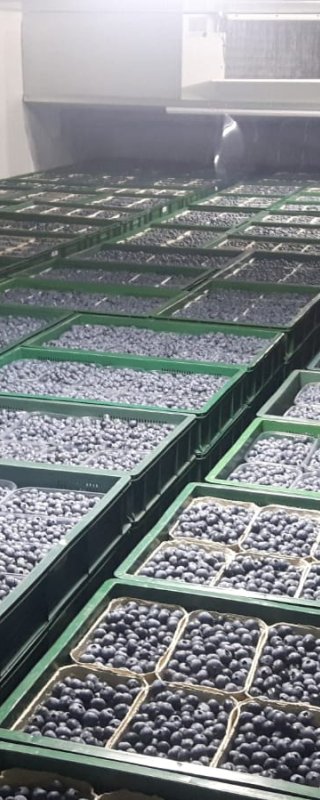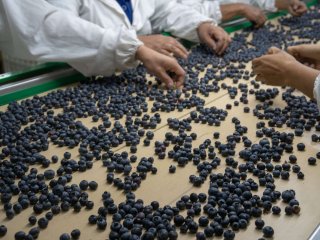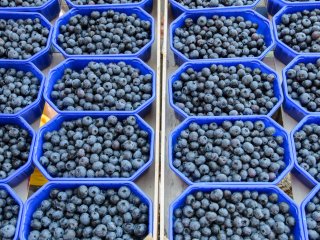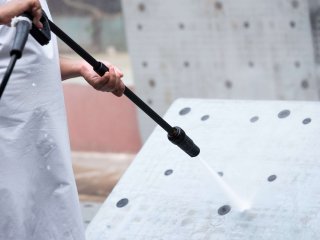
Packhouse practices for blueberries
The processing of blueberries at the packhouse facility must be well regulated and controlled. In any case, blueberries must be subjected to (forced air) cooling as soon as possible. Rapid removal of field heat is essential for blueberries, so a location with a cooling facility should be near the production fields. The activities in the packhouse contribute in large extend to the final product quality. It is therefore of utmost importance to have a careful handling in the packhouse and at the same time an effective berry sorting to deliver a high quality product

Fast cooling down of blueberries
Upon arrival at the packhouse blueberries should be cooled down as quickly as possible to remove the field warm. To increase the effect of reducing product temperature on quality, cooling should be carried out preferably within 1 hour after harvest and not longer than 4 hours upon picking. Moreover, blueberries should be cooled down with forced-air cooling to reach the desired temperature faster and allow for a more uniform cooling through the pallet load. Subsequent grading, packaging, labelling and palletization should be performed under 10°C to keep the product temperature as low as possible.


